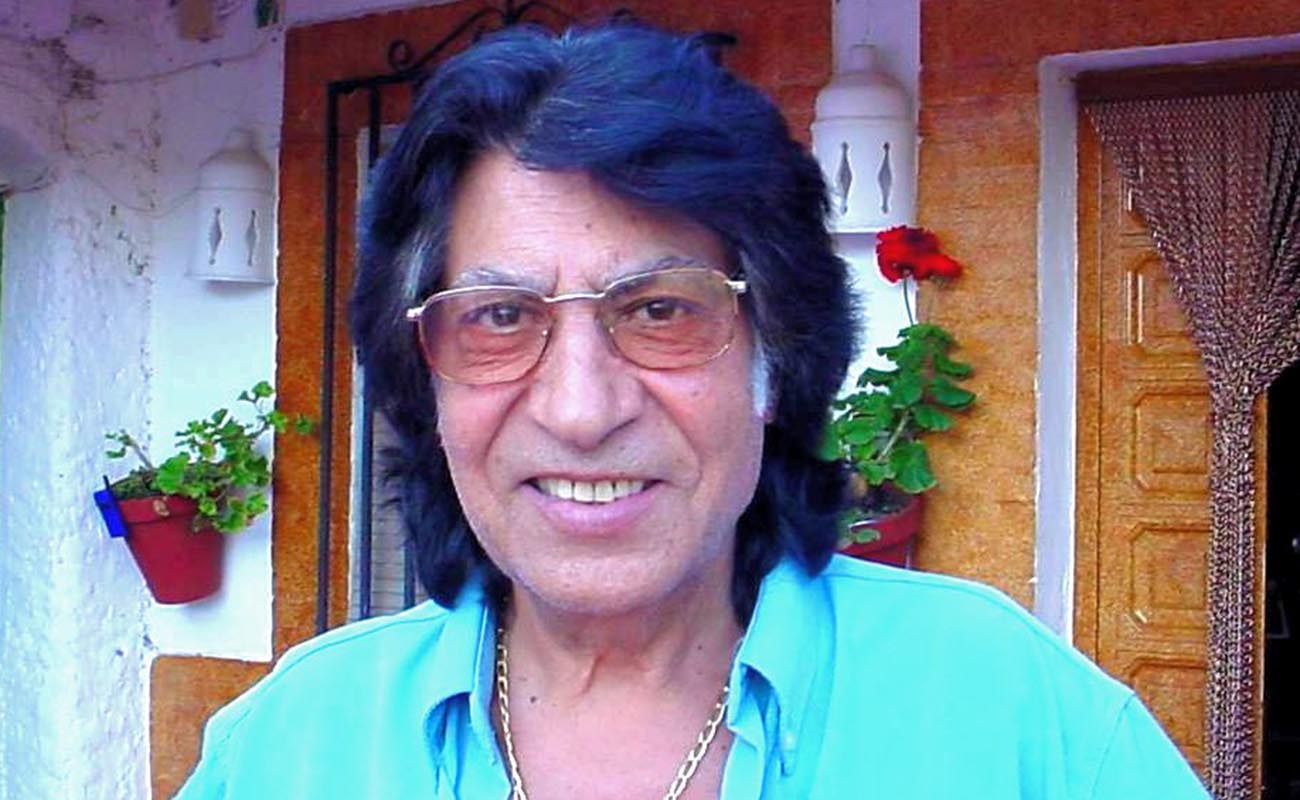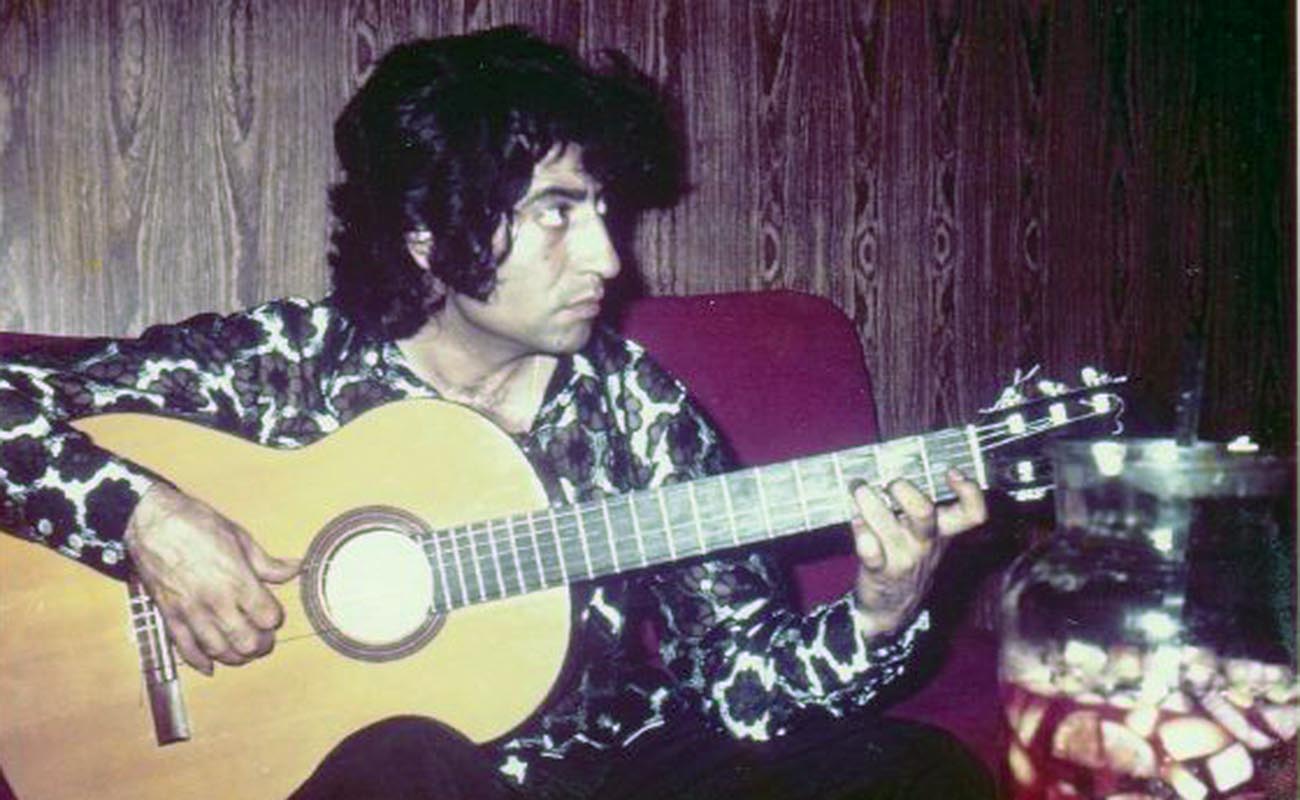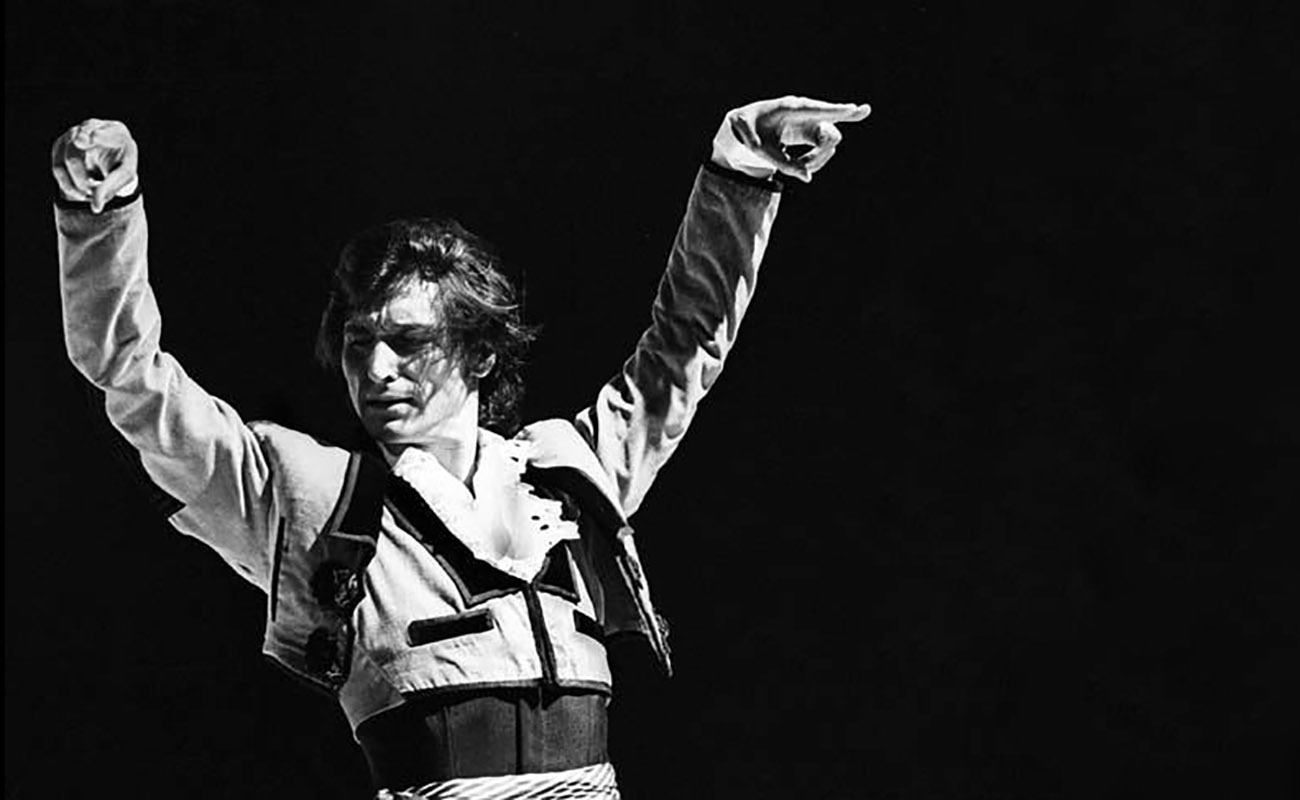Marote, genius forgotten
My fellow flamenco followers, I cannot possibly understand why such a terrific guitarist has fallen into oblivion. The one with industrial-sized shoulder pads, Elvis-style hair and the killer thumb.

Juan Santiago Maya “Marote” was born in Granada in 1936, and left us 21 years ago at the age of 66 on September 18, 2002. My fellow flamenco followers, I cannot possibly understand why such a terrific guitarist has fallen into oblivion. The one with industrial-sized shoulder pads, Elvis-style hair and the killer thumb. He who devised a new way of strumming that allowed for a seamless and powerful harmonic cushion. A straight-ahead Granada-style touch that revolutionized accompaniment of flamenco dance and singing.
In Madrid, guitarists who frequented the basement bar of the original Amor de Dios studios taught one another how to perform this innovative technique, which at the time was called “de Marote”, although I’ve heard it referred to since as “el rasgueado gitano” (the gypsy strum), or “el abanico” (the fan strum) (not to be confused with the strum of rumba catalana).
Marote, brother of the much-missed dancer Manolete (Granada, 1945-2022), also began as a dancer. Until one day, a group of tourists arrived asking to see the zambra (the traditional Sacromonte show), at a time when the regular guitarist was absent. Juan played for a quickly improvised performance, and afterwards, the manager told him he was to be the guitarist for the group from then on. He hadn’t yet turned 14.
Just before the reign of the Great Chief Paco (de Lucía), as my colleague Faustino Núñez calls him, and for a couple of years afterwards, Marote, recommended to Carmen Amaya by Sabicas, was the absolute idol of young guitarists. But suddenly, the guitarist from Algeciras blinked, we discovered a new flamenco world, and anything else seemed stale. Young maestros like Paco del Gastor, Paco de Antequera, Manolo Domínguez, and Marote among others, scrambled to hitch their respective carts to the new horse to revitalize flamenco from within, without losing the flamenco identity. It turned out to be a challenging learning curve that not everyone mastered.
The dazzling reign of Juan Maya was cut short; I found him in Madrid seeking work playing for dance classes having performed with renowned artists such as Antonio Gades, Bambino, Chocolate, Paquera, Rafael Farina, Manuela Vargas, Dolores de Córdoba, María Rosa, and the National Ballet of Spain, among many others, in countless festivals and tours, as well as The Spanish Pavilion at the Montreal World’s Fair where I crossed paths with him in the late 1960s. I remember sitting in the darkness of the auditorium, as the vibrations of his crisp guitar sliced through the air with surgical precision.
Marote’s discography is diverse, ranging from the “zambras” of Sacromonte to the masterpiece recorded in 1970 on the Hispavox label, El cante de Fernanda y Bernarda de Utrera, arguably the finest work of the admired sisters, and which includes Fernanda’s soleá, “Mi mal no tiene cura”, perfect testament to this singer’s genius supported by Juan’s dynamic accompaniment, respectful of the cantaora’s subtlety.
I received the news of Juan’s passing while in the midst of the Seville Biennial in September 2002, and went to the cyber-café in front of the Cathedral to spread the word. The following day, when I asked the above-mentioned Great Chief Paco for a few words about Marote, he said: “He was a guitarist who contributed a great deal to the world of guitar, and above all, that strumming technique that we all copied from him”.
Top image: Estela Zatania








Phillip Bates 19 October, 2023
El maestro Juan Maya Marote played for the touring group de luisillo where i met him in 1970s in new zealand ,he was one of the good people of flamenco and influenced everything i did in this pursuit until today . Bless you Juan and your brother manolete I AM SURE YOU BOTH CONTINUE EL ARTE IN EL CIELO .Phillip Bates Nz..